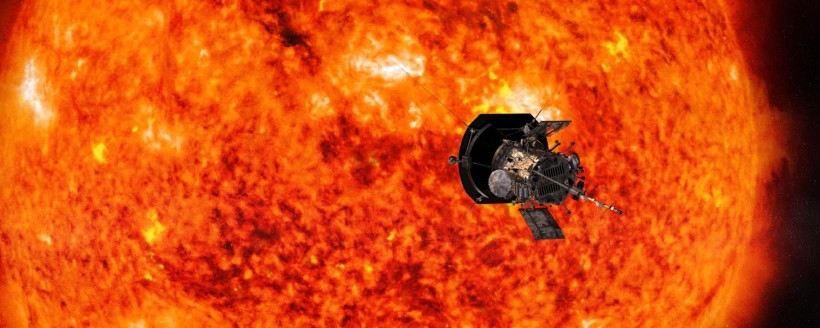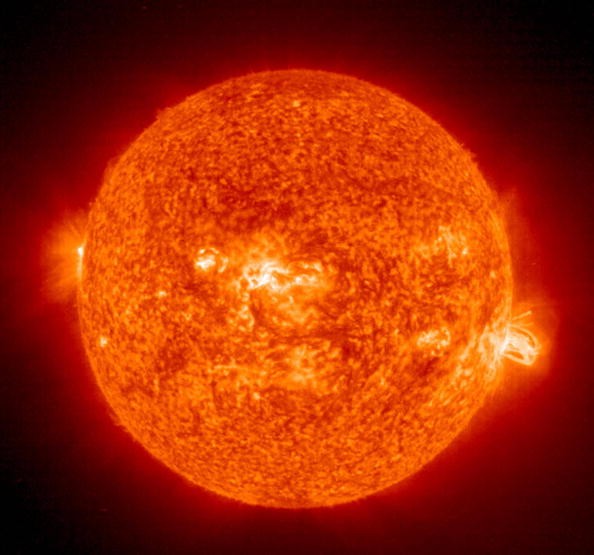Solar flares are massive explosions that propel energy, light, and high-speed particles into space from the Sun. These flares are frequently linked to coronal mass ejections (CMEs), which are solar magnetic storms.
The number of solar flares grows every 11 years, and the Sun is presently approaching another solar maximum, which will most likely occur in 2013. This implies additional flares, some minor and some large enough to transmit radiation to Earth.

Categorizing Solar Flares

The most powerful flares are classified as " X-class flares based on a categorization system that classifies solar flares according to their strength, the most powerful flares are classified as "X-class flares." A-class (near background levels) is the smallest, followed by B, C, M, and X. Each letter symbolizes a 10-fold increase in energy production, similar to the Richter scale for earthquakes. As a result, an X is ten times an M and one hundred times a C. There is a finer scale from 1 to 9 inside each letter class.
Earth is not affected by C-class and lesser flares because they are too feeble. However, M-class flares can generate temporary radio blackouts and mild radiation storms at the poles, putting astronauts in danger.
Related Article: Expert Warns 'Situation Worse than Covid' if Government Ignores Solar Flare Defense
X-Class Flares

Then there are the X-class flares. Although X is the final letter, there are flares with more than ten times the strength of an X1. Hence X-class flares can exceed 9. The most intense burst ever detected using contemporary means occurred in 2003, at the previous solar maximum, and it was so powerful that the sensors detecting it were overwhelmed. At X28, the sensors stopped working.
The most powerful X-class flares are by far the greatest explosions in the solar system, and they are breathtaking to see. When the magnetic fields of the Sun cross across and reunite, tens of times the size of Earth jump up from the Sun's surface. This reconnection mechanism can create as much energy as a billion hydrogen bombs in major occurrences.
Such flares and related CMEs can cause long-lasting radiation storms that disrupt satellites, communications systems, and even ground-based technology and power grids if directed at Earth. For example, on December 5 and 6, 2006, X-class flares generated a CME that disrupted GPS signals delivered to ground-based sensors.
Monitoring Space Weather
NASA and NOAA and the US Air Force Weather Agency (AFWA), and others maintain a regular eye on the Sun for X-class flares and magnetic storms. As a result, many satellites and spacecraft can be safeguarded from the harshest consequences with sufficient notice.
At ground level, space weather is monitored by analyzing variations in the Earth's magnetic field across timescales ranging from seconds to days and the surface of the Sun and radio noise generated in the Sun's atmosphere.
Also Read: Powerful Solar 'Superflare' That Only Occurs Once Every 10,000 Years: Can it Happen Today?
For more cosmic news, don't forget to follow Nature World News!
© 2024 NatureWorldNews.com All rights reserved. Do not reproduce without permission.





